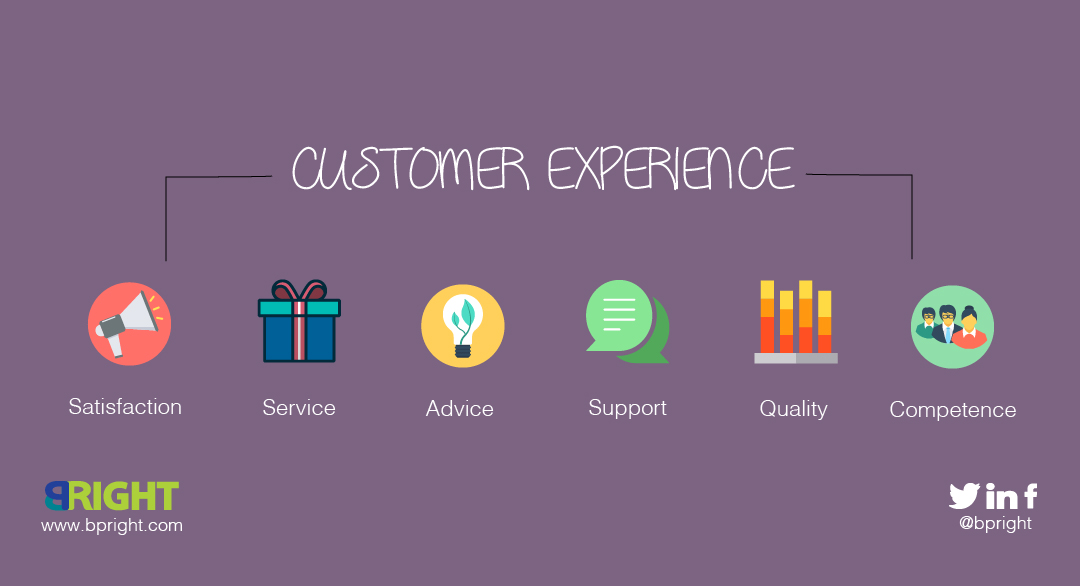Insights > Article Category > Supply Chain
Understanding Supply Chain Modeling
BPRIGHT- Jan 31, 2023

As businesses grow and expand, their supply chains become more complicated and challenging to maintain.
The inflexibility of the supply chain model reaches a stage where it no longer accurately depicts the present condition of the market or the supply chain itself.
A stage at which it becomes more and more challenging to take the right decisions.
Therefore, supply chain managers start looking for other effective supply chain models.
What is supply chain modeling?
Supply chain modeling mean designing and evaluating a supply chain system to find opportunities for improvement.
Various scenarios can be simulated using a supply chain model to find the most effective or realistic path to take.
It is primarily used to assess and optimize the flow of material, information, and resources in a supply chain.
It can be used to identify bottlenecks, improve transport systems, and identify potential cost savings areas.
Each supply chain model comes with pros and cons. Often the business's specific objectives and limitations will determine which model is best in a given situation.

The Major Components of Supply Chain Modeling
1. Procurement: This entails locating sources for raw materials, contract management and negotiation.
2. Storage: Both raw material and finished products require storage.
3. Inventory: The most important factor in supply chain modeling.
4. Manufacturing: covers procedures like testing, quality control, and assembly.
5. Transportation: covers all forms of land, rail, air, and marine travel.
6. Distribution: the act of sending products to clients via wholesalers, merchants, or direct sales channels.
7. IT: from planning to implementation.
8. Customer service: providing customer support after a sale, including accepting orders, billing customers and handling returns.

Types of Supply Chain Models
1. The Inventory Model
Depending on their unique requirements and goals, companies can use different inventory supply chain models.
Make-to-stock (MTS), Make-to-Order (MTO), and Assemble-to-Order (ATO) are the three most commonly used types.
The make-to-stock (MTS) model is when finished products are made and stocked in advance of customer demand.
When a customer places an order, the Item is picked up from the store and delivered.
The make-to-order (MTO) model stocks raw materials or elements instead of finished products.
When a customer orders, the needed components are pulled from inventory, assembled into a finished product then delivered.
2. The Custom Model
A custom model is specifically tailored for companies often with very complex or unique supply chains.
It considers the particular products, services, and resources that a company requires, as well as the particular ways in which its supply chain functions.
A custom model has the advantage of ensuring that a company's supply chain is specifically suited for its products and procedures.
Consider adjusting and changing its business model or operations over time to reflect changes in the business environment.
The downside of this model is that its development can be quite costly and time-consuming.
Moreover, for it to be successful, the modeling group and decision-makers must work closely together.
3. The Flexible Model
This model is developed to change with the environment, offer better customer service while yet being able to react efficiently to changes in demand.
This approach emphasizes flexibility throughout the entire process, from production to distribution.
The Flexible Model enables companies to maintain low stock levels, which can lower expenses and boost profitability, but using it as a primary supply chain model comes with certain drawbacks.
For this model to work, every participant in the supply chain must work closely together.
Achieving this might be challenging, especially if your suppliers are spread out across the globe.
Given that it needs more resources and facilities than other models, its implementation can be costly.
Last but not least, it could not be appropriate for all kinds of enterprises or products.
For instance, it would not function effectively for goods with lengthy development cycles or high degrees of customization.
4. The Fast Chain Model
The Fast Model is developed to help companies in making better and faster decisions on inventory, production, and other areas of their operations.
The foundation of this concept is the idea that a company will perform better the quicker it can make decisions.
5. The Continuous Flow Model
In a continuous supply chain, materials move continuously through the manufacturing process.
This kind of supply chain is frequently employed in manufacturing sectors where there is a heavy demand for products and a requirement for consistent output.
one benefit of the continuous model is the Just-in-time production, where resources are only generated as needed, which helps reduce inventory costs and eliminates waste.
A disadvantage of this approach would be the difficulty in adapting the production process in the event of a rapid change in demand.
Why Is Supply Chain Modeling Important?
Any supply chain must have the customer satisfaction as its main objective.
Successful businesses build loyalty and recognition as a result of happy customers coming back to purchase more and more products.
To accomplish this, you need a reliable and functional supply chain model.
Your model should be internally visible and questionable so you can spot issues early, take preventative action and find the optimal answer for each critical decision.
Future-oriented businesses can manage their supply lines with the help of supply chain modeling, which gives them the tools they need to:
• Control inventory
• Increase efficiency
• Cut costs
• Adapt to demand
• Satisfy customer demand
What Are the Challenges of Supply Chain Modeling?
The complexity of the links between the many supply chain components is the key challenge with supply chain modeling.
For instance, a change in one component (production) can have an impact on other components (inventory and transportation) in the supply chain.
The fact that the data used to create the models is frequently inaccurate or insufficient presents another challenge.
As a result, effectively capturing all essential links between various supply chain elements can be difficult.
Real-world data can also be confusing and inconsistent, which might affect the results.
Lastly, when designing a supply chain, it is often required to improve specific goals.
It can be challenging to find an ideal solution that satisfies all goals.
Supply Chain Modeling Best Practices
Depending on the particular supply chain model being used, different modeling best practices may apply.
All models, however, should follow a few common best practices.
It's crucial to first comprehend the particular needs of the company and the goals they have for the model before beginning to build a supply chain.
Choosing the right modeling strategy and technique comes next once this has been recognized.
It is also important to verify the model after it has been developed using reliable data.
By doing this, it will be possible to guarantee that the supply chain of the company is appropriately reflected in the model.
Finally, after the model has been approved, it has to be put to use in testing different situations and "what if" scenarios.
This will enable businesses in the future in making wiser supply chain decisions.
Improve your supply chain performance with 
You can harness efficiency in many different areas of your supply chain by using the right model and technology to automate and streamline your supply chain operations.
This will allow you to increase internal visibility, reduce costs, optimize relationships with your key suppliers, and expand your business.
Contact us today to see how we can help you improve the efficiency of your supply chain.




